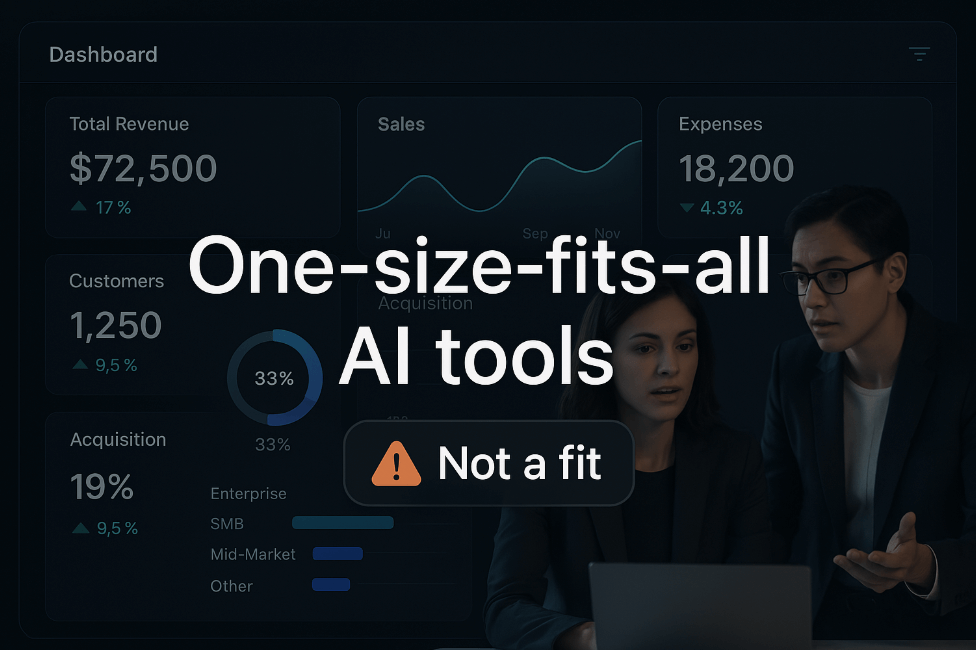One of the few good things about this pandemic is that it brought into the limelight a number of things companies rarely discuss during times of economic prosperity:
- Resilience
- Thorough Planning
- Crisis Management
Our business setup had us experience all of the above first-hand (and occasionally second-hand). Here’s what we learned from it and what we built to assist our partners and clients with these three critical pillars.
Crisis Management
Status Review
The pandemic (and whatever is coming after the lockdown) has accelerated the emergence of pre-existing problems – now, more than ever, companies are being scrutinized for their HR policies, for how they respond to problems within their communities, for their levels of job compensation and their ability to create value. At the same time, a lot of them are struggling to make ends meet, with SMEs particularly affected by the economic downturn.
Black swan or not, this pandemic shows how fragile companies can be. And how difficult it can be to juggle the interests of all groups associated with a business – those of the workforce, the shareholders and of the public. To mitigate issues stemming from this crisis, some companies chose to prioritize some groups over others. We’re not taking any sides here, but we want to stress the fact that crisis management is never an easy task – it’s a deeply strategic and painful process of deciding, in record time, what you can afford to lose.
The silver lining in all of this is that times of crisis highlight who you can really depend on. Many companies offered their services for free to help boost the economy (e.g. our client Jobful), others reinvented their business model to better serve their industry (OpenTable, ialoc) or adjusted their policies to protect their workers (AmEx).
What we did 2 months ago
At the very core of what we do sits problem solving. All things considered, problems are rarely unique – and with this assumption in mind, we did some research to see if what we’re seeing now has happened before. And if it did, what solutions came up at the time. And if they were any good. That’s how the Great Depression Survival Strategies whitepaper came to be.
What we’re doing now
For the past 6 weeks, we’ve been working on a set of tools and processes to help our clients and partners track (and, to some extent, predict) market trends, so they can react accordingly.
Resilience
Status Review
A business’ resilience depends on a number of factors: its cash reserves, its business model and its market (or, rather, what their clients value). More often than not, mediocre companies vanish in a crisis, with consumers flocking to the low or high end products and brands.
Marketing budgets are almost always slashed first. However, companies need to put themselves out there more than ever before if they want to survive. If maintaining their marketing spend isn’t an option, they are faced with a choice: increase efficiency or scale down expected results estimations. A large number of companies opted for a combination of the two, with emphasis on the latter; as a result, most have cut their adspend by almost 40%. The impact on the marketing sector is still not fully understood, but layoffs, pay cuts and furloughs are quickly becoming the norm.
What we did 2 months ago
To solve a problem (or attempt to), you need to understand it. When the pandemic hit, we spent time discussing with clients and industry representatives to assess how they were affected, what their clients needed from them and what they did to retain them.
We learned that digital managers have to come up with ROI-positive ideas in record time and execute them on top of their current duties. Every single activity that was previously delegated to an agency is now stacking up on their calendar, dangerously increasing their workload.
Similarly, the agencies (those that used to receive all the aforementioned delegated tasks) are suffering as well. As expected, clients are cancelling contracts, causing the agency to lose business fast. Account managers are put in the position to keep clients/ budgets/ revenues at the same level or even increase them.
Not far from these two (the digital manager and the account manager) is the agency owner, who is visibly and rightfully upset by the “losing business” part. There’s only so much rainy days funds that one can rely on and they are burning fast. Letting people go or putting them on furlough is an unpleasant experience for everyone involved. Plus, the current line-up of clients needs their full and undivided attention – each one of them needs help.
What we’re doing now
The pattern we’re seeing is companies on either side (agencies and clients) striving to do more with less. That’s our focus for now, and our R&D efforts are directed at this pattern. Tracking market trends and consumer interest is one of the things we’re working on. Automating monotonous tasks (through chatbots, for instance), is another.
Thorough Planning
Status Review
Analysing past events is always a good starting point. When we looked at what companies did to survive the Great Depression, we discovered that most of the actions taken were not extraordinary, but simple common sense. Some changed their business model, some targeted specific audiences, some diversified their line of products and/or services.
Not every industry is damaged in the same way or in the same degree by economic recessions. The luxury items industry, for example, bounced back relatively quickly from the 2008 economic crisis. In dire times, luxury companies tend to cut costs, protect the brand’s image, enter new markets, or refresh their marketing strategy.
Strategic processes take in experience and data and generate decisions. And as far as data is concerned, 2020 has given us a lot more tools to work with than we ever had in the past. We’ve included a list of some really useful ones at the end of this piece, along with their strengths and weaknesses.
What we did 2 months ago
To make good data-driven decisions, you need good data. For good data, you need a good process. While gathering information about how companies are reacting to and preparing for what’s to come, we made careful notes about what they seemed to lack. Or, quite the contrary – what data they relied on most heavily.
What we’re doing now
In statistics, exploratory data analysis serves as a jumping off point for generating more diverse hypotheses and often leads to new experiment / data collection ideas. We’re now working closely with clients to see how our data collection & analysis toolkit can be modeled after their specific business needs.
When in doubt, ask a better question
First of all, thank you for reading this far. As the title suggests, we are of the opinion that the companies who will lead the fray have what they need to respond to trends way before they read about them in the journals. In our search for the best tools a company could use to achieve this feat, we didn’t find exactly what we were looking for (hence our building one). But we found some that come somewhat close:
These do more or less the same thing: they help you monitor the market, so that you can plan ahead and take your business in the right direction. However, they are not without their problems:
1. They can be pricey
The current worldwide situation has everyone keeping a particularly close eye on their budgets. Not many can still afford the pricing plans that these companies offer for their tools. Discounts are being offered for longer commitments; however, signing up for a longer commitment doesn’t come easily at all, considering that the whole global economy is currently quite uncertain.
2. They can be limited
On the other hand, the more moderately priced ones come with limitations. First, in the matter of covered industries. If the industry you operate in is not among the ones explored by the tool, then that tool is useless for you. Secondly, with regards to the data input, on which you might not have any control. For example, if a tool monitors 20 predefined keywords per industry, but the keywords you’re interested in are not included and you cannot add them, you are, once again, in the dark.
3. They can be confusing
Free, reasonably priced, expensive, manual, partially or fully automated, slow-moving or fast-processing, regardless of these attributes, the main fault of many of these consumer interest monitoring tools is that they are bound to do just that – monitor. They just give you data, without actually showing you how to use or interpret it.
We can help you find your better question
In our efforts for supporting our clients during these tough times, we have put together our own tool. Since we have clients from very different industries, we knew we had to make it as flexible as possible, easy to use, and budget friendly. Use the form below to request a call with us and explore together how we could help you (or your clients) craft the perfect marketing strategy. With data you need, want and can use.





